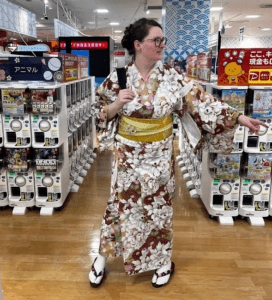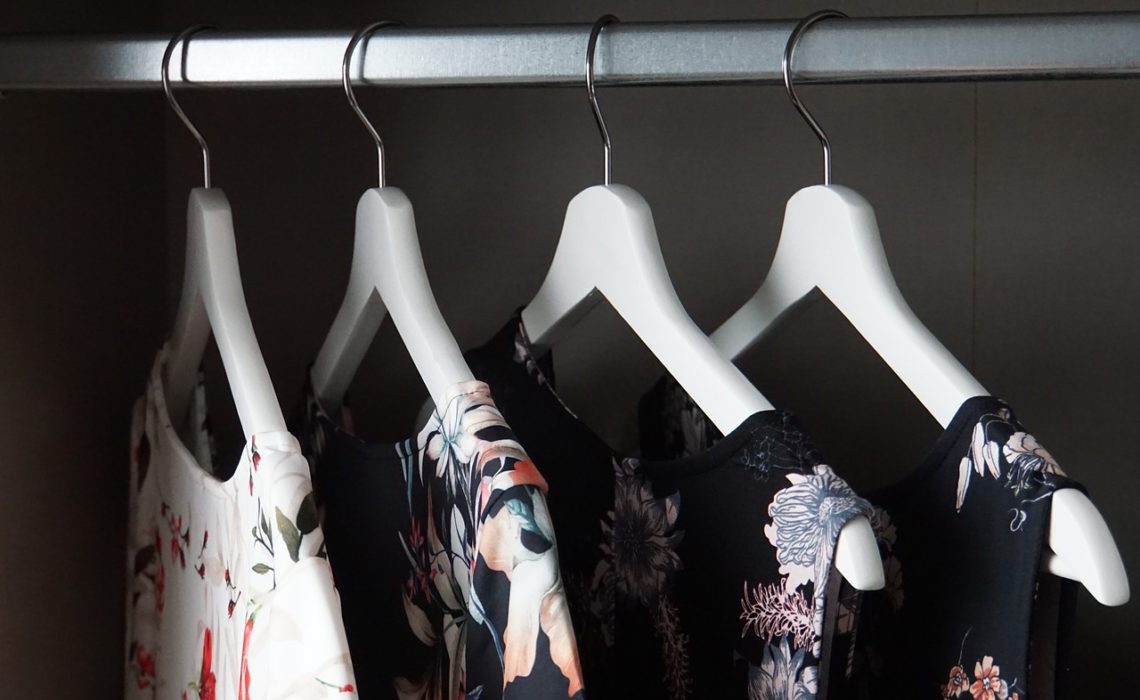
Dernière mise à jour le 24 November 2024
The minimalist wardrobe, or “capsule wardrobe”, is a dream for some… and a nightmare for many others! The main fear when it comes to decluttering clothes is the one of getting bored. In fact, it’s this feeling of weariness that drives us to buy on a regular basis, pushing us straight into the traps of fast fashion and its 52 collections a year.
Yet, the minimalist wardrobe has many advantages for the ones who embrace it:
- 🔥🔥🔥 being able to get dressed in 5 minutes, because we only own clothes that fit, that go well together, that are suitable for almost any occasion; also because the wider the choice, the longer it takes to make a decision,
- feeling good in our clothes, every day,
- a smaller shopping budget, with lots of savings, and less time wasted on e-shops or wandering around boutiques,
- a more ethical and ecological consumption, and purchases of a better quality,
- a better understanding of one’s own style and tastes in clothing,
- less maintenance, less mental workload.
If the fear of getting bored is what’s preventing you from decluttering your clothes, or if you’ve already tried the minimalist dressing room in the past but boredom has pushed you back into the store aisles, here are some tips for enjoying your minimalist wardrobe, every day, for the long term.
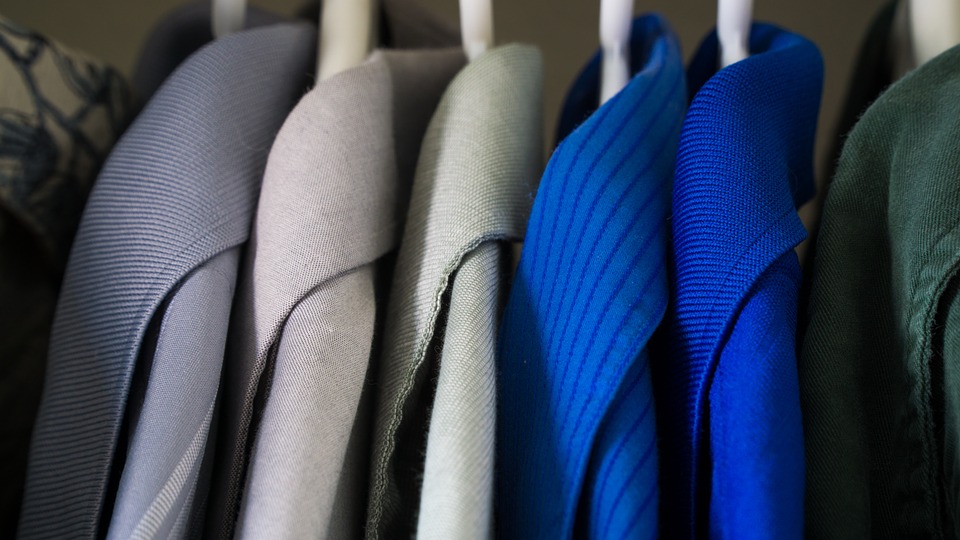
Become aware of your ability to adapt
I took a very interesting online course on “The Science of Well-being“, offered by Yale. In this course, we learn how to set up habits that increase our level of joy and well-being, but also how to deconstruct certain innate human reflexes that prevent us from accessing happiness.
We learn, for example, that we have a superb ability to adapt to things… but that this also means we have a superb ability to get bored of them!
In fact, whatever brings us joy (object, situation, person…) today, unfortunately, we’re going to get used to it. The happiness we felt at the start fades day by day, as it becomes the norm.
So it’s very easy to get bored of clothes! Even that piece you were so happy with and felt so good in will eventually become a habit. After a while, you don’t see all the clothes hanging in your closet, because you know them by heart.
Here are a few ways out of this vicious circle:
- being aware of it is the first step,
- every time you feel the itch to buy clothes, take out everything you already have, try on things again, get rid of anything that doesn’t fit anymore, and above all, rediscover what you have,
- create new “experiences” with your clothes: avoid sticking to “this piece” for “that situation” or in combination with “that outfit” (I’ll come back to this point later in the article),
- take a break: sometimes you need to stop doing something to really appreciate it afterwards. Take advantage of the change of season to put some of your clothes away out of sight, change the organization of your dressing room to put other pieces in the front row (Marie Kondo tidying is great for this IMO).
When you feel like buying, go to your dressing room, take out all your clothes, put them on one by one, try to put together new outfits… You’ll be able to declutter the superfluous (what’s preventing you from seeing your wardrobe clearly) and find pieces you’d forgotten about.
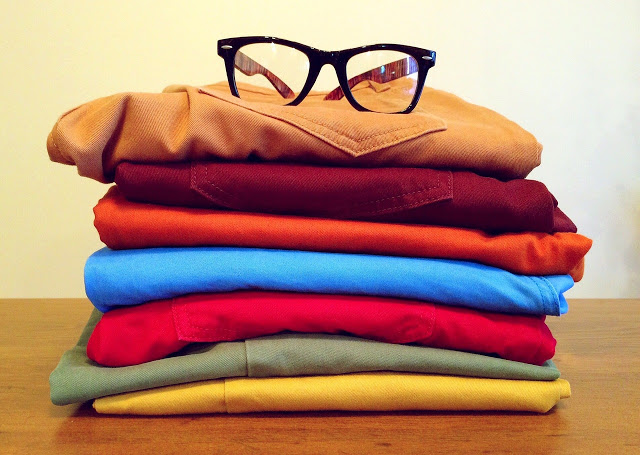
Choose your clothes carefully
One of the reasons you can get bored with your wardrobe is that you don’t take the time to think about your purchases. Everything is available so easily and at such a low price that the act of buying is totally devoid of thought.
If you buy on the spur of the moment, without looking for quality and/or a perfect fit, you’ll get bored even faster than if you were buying clothes you really liked.
Go for quality pieces, even if it means investing a little more, and avoid cheap clothes that tend to pile up in your wardrobe.
Take the time to try them on (ideally, buy in-store) and only leave with your purchase if you’re 100% convinced. Try them on again when you get home before ripping off the labels (a few days later if possible)!
Know your “style” and don’t rush into trends
Trends are meant to be ephemeral: that’s how the fashion industry gets rich, and how fast-fashion chains sell all year round. Instead of trying to follow fashion, find what defines you.
That way, you won’t have to dress like everyone else, and you won’t be tempted to compare your wardrobe to the latest trends (and buy everything that comes out).
What’s more, fashionable clothes aren’t necessarily the ones that fit you best, that you’ll feel good in, or that you’ll even like!
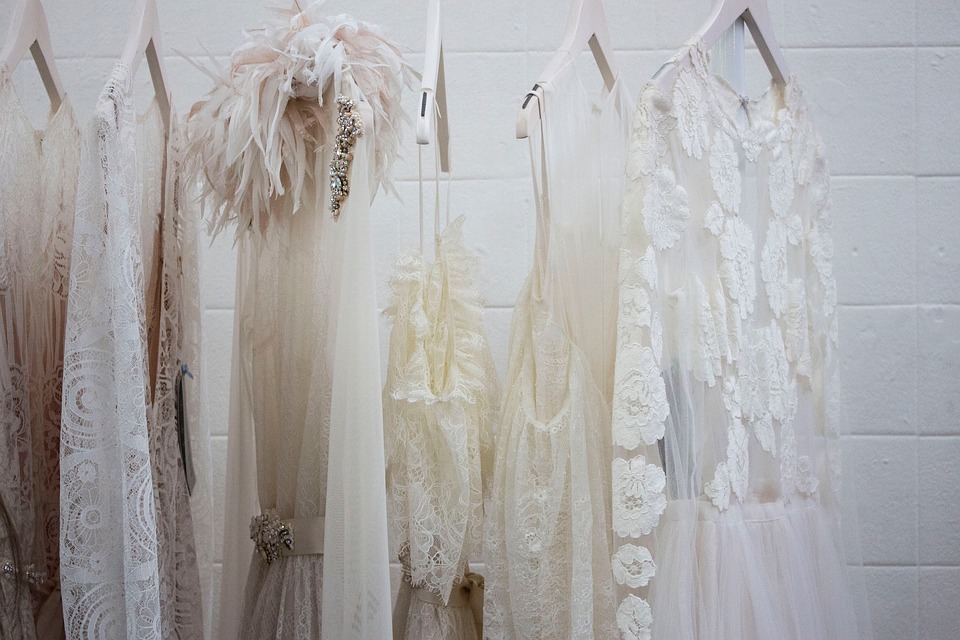
Avoid temptation: no more shopping sprees, e-shops and fashion magazines
Sometimes, you’re totally satisfied with what you’ve got… until you see new things you don’t have yet. Your collector’s spirit awakens, and you find yourself making unnecessary purchases!
Of course, in the face of your new finds, your own clothes will seem dull, old, outdated…
So repeat after me:
- shopping is not a leisure activity or a hobby,
- if I get bored on the Internet, I turn off my PC rather than hanging around in e-shops,
- women’s magazines only give me complexes and sell me crap,
Everything with everything
Buy clothes that go together, think in terms of outfits when you dress (and not the other way around: don’t buy a piece with the sole purpose of associating it with a single piece you own).
The great thing about a (successful) capsule wardrobe is that all the pieces work together. This means you have a multitude of outfits available with just a few pieces.
When I used to buy a lot of clothes, I’d often buy “a top to go with such-and-such pants”, “shoes to go with such-and-such bottoms”, and so on. As a result, when I got dressed, I always had only one or two possible combinations per garment. So I got bored (and when half my outfit was in the laundry, the other half was not usable).
I’ve learned to find the cuts and colors that suit me, and that therefore go with the rest of my wardrobe, since I’ve only kept what suits me (a very important point in the minimalist dressing room!). I explain my techniques in my online workshop (how to know if a garment has the right cut, is the right color, how to create outfit combinations…). With my technique, I can keep my wardrobe colorful even when it’s minimalist (monochrome is not for me…).
Bea Johnson’s wardrobe
Another approach is that of Bea Johnson, Madame Zéro déchet, who changes her wardrobe every year, but with very specific rules:
- her capsule wardrobe is seasonal and tiny: everything (including shoes) fits into one suitcase!
- she buys all her inexpensive clothes in second-hand boutiques,
- she’s the queen of the multi-occasion garment: there’s no question, for example, of having a dress just for formal occasions, or an outfit just for vacations…,
- at the end of the season, she donates her clothes in good condition to an association (like the Red Cross or Emmaus).
It’s a different way of doing things, but one that takes a little more time and energy (although when it comes to fighting weariness, it couldn’t be more effective!).
It can also be considered in special situations (moving to a different climatic zone, planning a trip around the world, for people who often change clothes sizes…).
But I insist, this means playing the minimalism game to the hilt!
Reduce the importance you give to appearance
This is certainly the most useful tip to stop worrying about wardrobe renewal, and it’s also a liberating habit (I refer you to the article on the influence of women’s obsession with appearance, and all its consequences).
When I give my workshops on decluttering clothes, the first fear that comes up, before thinking about one’s own boredom, is “What will people think if I’m ‘always dressed the same way’?”. I’ve got the scoop: most people won’t notice that you’ve got less than 100 clothes instead of 500. Even if they did… Why bother, they’ve got nothing better to talk about? Too bad for them!
Quitting worrying about what people think is an excellent way of saving money, because in the end, many purchases are made to try and impress others, to belong to a social group, to project a certain image of oneself…
The important thing is to feel good in your clothes, and in line with your values!
What actions are you going to take now to make your clothes less tiring?
